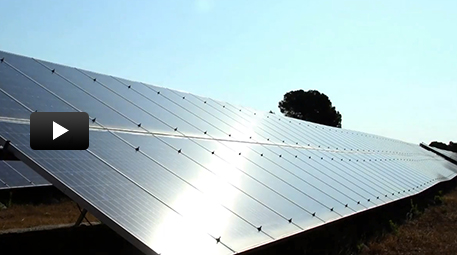The article was originally posted on Greentech media. You can read the original article here.
See also: Full UK Smart Systemsand Flexibility Plan
The U.K. is putting battery storage at the center of a distributed electricity system vision unveiled this summer.
Business and Energy Secretary Greg Clark announced a GBP £246 million (USD $321 million) funding package for battery research and development alongside a plan to increase smart energy technology penetration in homes and businesses.
Ministers also announced a ban on new petrol and diesel vehicles from 2040, along with £255 million ($332 million) in financing to fight air pollution.
One of the key objectives is to make the U.K. a world leader in battery design and manufacturing, the government said.
“Batteries will form a cornerstone of a low-carbon economy, whether in cars, aircraft, consumer electronics, district or grid storage,” said Professor Philip Nelson, Chief Executive of the Engineering and Physical Sciences Research Council, in a press release.
Funding for battery research will be granted through a four-year program called the Faraday Challenge, with an initial £45 million ($59 million) earmarked for a center to lead development efforts aimed at making the technology more accessible and affordable.
Batteries are also the focus of plans to give U.K. businesses and homeowners more control over their energy use.
The government estimates that introducing smart energy systems based on distributed generation and storage could save the U.K. from £17 billion to £40 billion ($22 billion to $52 billion) between now and 2050.
To pave the way for the introduction of these systems, the energy regulator Ofgem detailed 39 measures to remove barriers to smart technologies, support smarter homes and businesses, and make markets more flexible.
The measures include clarifying the regulatory status of storage by summer 2018, looking to source up to 50 percent of balancing capacity from demand-side management by 2020, and bringing in a new system operator framework by next April.
“We want to open the door to new technologies and services so that they can help to reduce bills for consumers in the long term,” Andrew Wright, Energy Systems senior partner at Ofgem, said in press materials. “It is vital that we get the changes in place, as there is potential for a smarter system to save consumers billions between now and 2050.”
In addition, the U.K. Carbon Trust will administer a £9.2 million ($12 million) industrial efficiency accelerator fund covering storage and other technologies.
Reaction to the measures was mostly favorable.
“I think this is great news and addresses number of big issues in storage,” said Nick Butlin, director of Viriya Energy in London.
“The licensing and classification are really big steps to removing the levies around end-user consumption, as well as removing the double charging on network costs, which have put a hole in storage business models,» said Butlin.
Chris Wright, chief technology officer at energy storage firm Moixa, which was featured as a case study in the government’s announcement, said the package of measures represented a shift in the official position on renewables.
“There’s actually little money involved and still opposition to wind, but this is really to be welcomed,” he said. “Hopefully this is the start of a consistent narrative. What’s been really damaging is an inconsistent commitment.”
A ban on new diesel and petrol vehicles from 2040, announced two days after the energy system package, drew a more muted response.
“The government is right to put an expiry date on dirty petrol and diesel engines, but 2040 is far too late,” said Areeba Hamid, clean air campaigner at Greenpeace U.K., in a press note. “We cannot wait nearly a quarter of a century for real action to tackle the public health emergency caused by air pollution.”
Wright echoed this view. “I don’t think that’s a very ambitious target,” he said.
Observers also highlighted the contrast between the money devoted to the government’s smart energy plans and money committed to the U.K.’s Hinkley Point C nuclear plant.
Earlier this month the cost of the Hinkley nuclear plant was reported to have ballooned to £50 billion ($65 billion), more than eight times the figure estimated in 2013.
“The narrative I would like to have seen is: ‘Let’s look at the money and see what the alternatives are,’” Wright said.
Del på facebookDel på linkedIn









